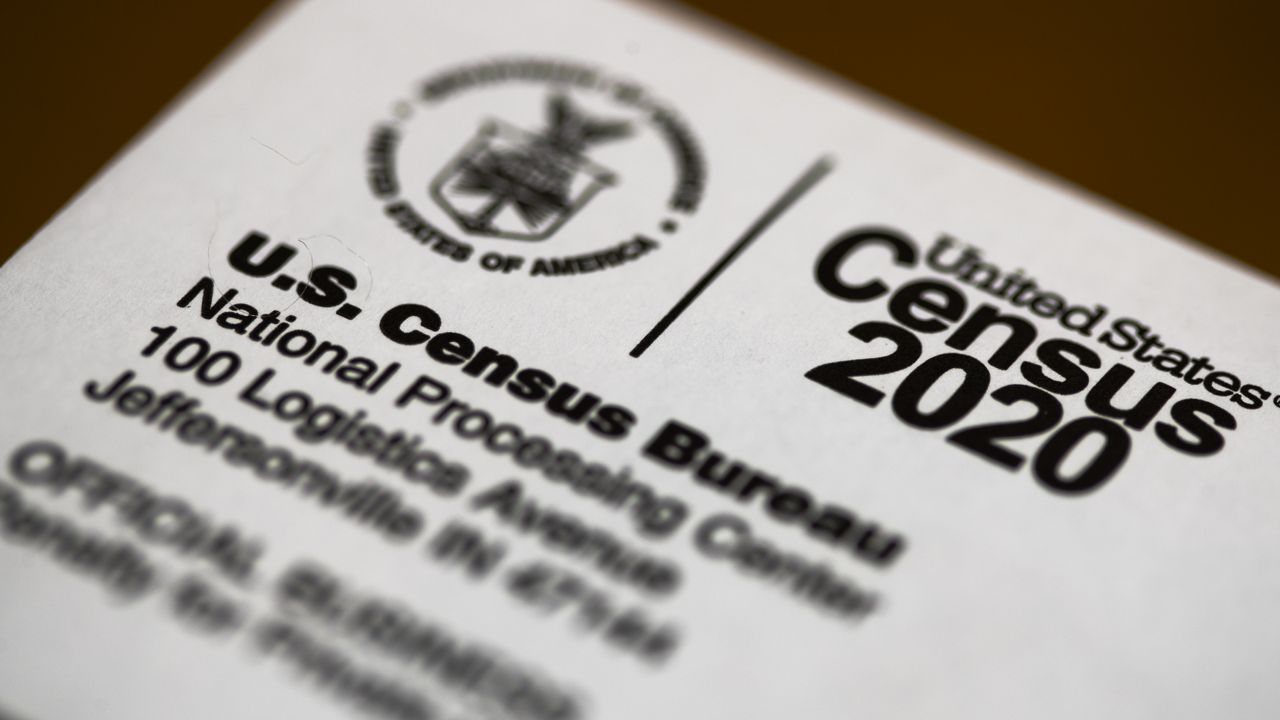NATIONWIDE — After months of back-and-forth, the U.S. Supreme Court on Tuesday ruled in favor of the Trump administration’s request to end the 2020 census early, meaning Oct. 15 is the final day to fill out the survey.
The Supreme Court justices’ ruling came as the nation’s largest association of statisticians, and even the U.S. Census Bureau’s own census takers and partners, have been raising questions about the quality of the data being gathered — numbers that are used to determine how much federal funding and how many congressional seats are allotted to states.
The decision was not a total loss for plaintiffs in a lawsuit challenging the administration’s decision to end the count early. They managed to get nearly two extra weeks of counting people as the case made its way through the courts.
However, the ruling increased the chances of the Trump administration retaining control of the process that decides how many congressional seats each state gets — and by extension how much voting power each state has.
The census only happens once a decade — If you haven’t yet filled out the 2020 U.S. census, here are a few reasons why it is important to do so.
At its core, the census is a survey conducted by the federal government every ten years in order to understand how the population has changed over the course of the previous decade.
The census aims to account for every single person living in the United States, regardless of age, immigration status, or gender; babies, the homeless or those living in shelters, and undocumented immigrants are counted in the data.
For the first time, the census is available to take online. Households began receiving paper mailers instructing them to visit the census website in mid-March, and some were sent paper questionnaires as well. Respondents can also call the Census bureau and answer the questions over the phone.
Census participation is, in fact, required by law. Individuals who avoid even one question on the survey can face criminal consequences, including a fine of up to $5,000 — but there hasn’t been a prosecution for such a case in over 50 years, according to the American Bar Association.
The Census Bureau says it has counted 99.9% of households nationwide, though some regions of the country such as parts of Mississippi and hurricane-battered Louisiana fall well below that.
As the Census Bureau winds down field operations over the next several days, there will be a push to get communities in those two states counted.
The results of the census will determine how hundreds of billions of dollars in federal funding is distributed to communities nationwide. This funding covers projects such as road construction, grants for teachers and schools, wildlife restoration, preventing child abuse, and more.
After tabulating data from the 2020 census, the federal government is able to better “fund initiatives by using population counts and characteristics to target and distribute those funds,” a report from the Census Bureau states.
In the fiscal year 2015, census bureau data was used to allocate over $675 billion in federal funds to states and local communities for health, education, housing, and infrastructure programs.
Of increasing importance in light of the coronavirus pandemic are funds allocated to epidemiologists and public health personnel, which is used in areas including disease outbreak tracking, combating the opioid epidemic, and promoting child health.
The U.S. Constitution mandates that the government conduct a survey of its population every ten years to serve as a “snapshot of our nation,” per the census website. Based on where populations decrease or increase, electoral districts are subsequently adjusted or redrawn so as to better represent the people within each community.
Called the Redistricting Data Program, the census provides local governments the “opportunity to specify the small geographic areas for which they wish to receive decennial population totals for the purpose of reapportionment and redistricting.”
In practice, this means that the census can — and likely will — alter the amount of representatives certain states have in Congress. States like Oregon, for example, are likely to gain at least one additional representative pending the results of this year’s census count.
Projections show that Montana would gain another seat in the U.S. House of Representatives after the census, but a study published earlier this month found that a shortened deadline for collecting data could cost the state the rewards.
As such, redistricting has the potential to reshape the outcome of future elections and determine whether the Republicans or Democrats respectively maintain or regain control of the House of Representatives.
This does not mean that the amount of Representatives will increase — instead, “state population counts determine how the 435 seats are split across the 50 states based on each state’s share of the national total,” per the Population Reference Bureau (PRB).
The data from the 2020 census will affect the size of state delegations beginning in the 2022 elections, and state votes in the U.S. Electoral College for the 2024 presidential election.
The Associated Press contributed to this report.



